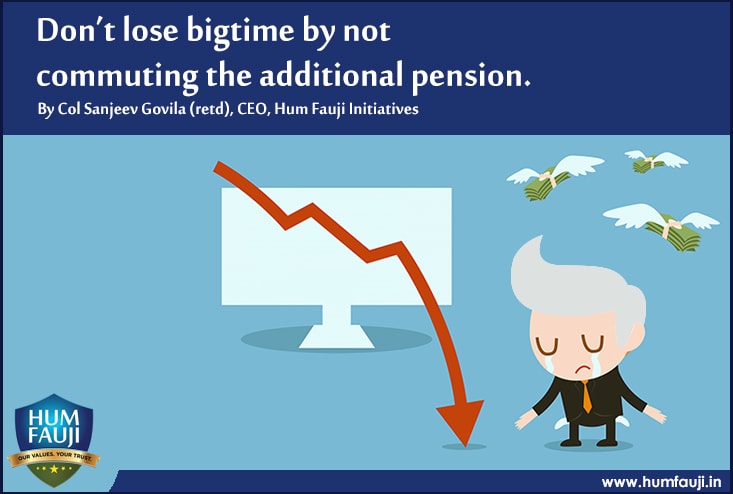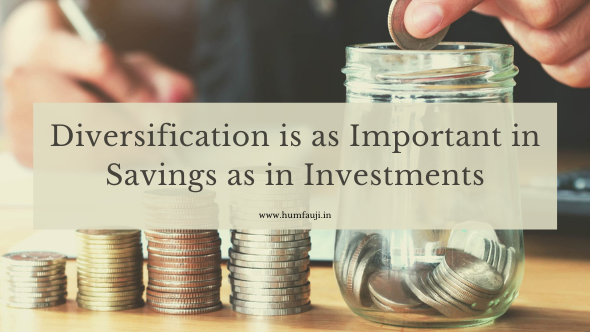Gold has, since time immemorial, allured mankind. While initially, the lure might have been due to its timeless lustre, in modern (and more material!) times, it has been due to Gold proving itself to be a storehouse of value, which refuses to get cowed down by the economic, political and financial gyrations of the nations the world over. In fact, the more such uncertainties, the more has Gold appreciated in value!!
Gold as a Metal
- The rarity of Gold is such that industry pours more steel in an hour than the total of all the Gold poured since the beginning of recorded time.
- China is the fastest-growing market for Gold jewellery in the world, accounting for 377 tonnes of demand in 2010. Chinese consumers look for the very highest level of purity; more than 80% of Gold jewellery in China is made from pure 24 carat Gold. In today’s China, Gold takes centre stage in a wedding ceremony; this year, around 6.6 million brides will receive Gold at the wedding rituals.
- Unsurprisingly, two thirds of American women say that they think of their Gold jewellery as an investment, and the one to be treasured and handed down to future generations. 72% of US women feel that Gold is an everlasting gift.
- As per market sources, total Gold imports in India amounted to around 750 tons during 2010 compared to around 557 tons of Gold imports in 2009. And this, when Gold prices have risen steeply in recent times, indicating a huge demand surge which continues…
- Whilst over 50% of Gold jewellery is bought for weddings, the wedding anniversary has now become the most aspirational occasion for receiving Gold today, extending a couple’s relationship with Gold beyond the marriage ceremony.
Gold as an Investment
- Financial experts recommend as a rule of thumb that anywhere from 10% to 15% of your financial portfolio should be invested in Gold for diversification purposes. Part of the reason for the diversification recommendation is the fact that as a separate asset class, Gold has a low correlation with other financial investments such as stocks and bonds. This simply means that Gold prices are not technically dependent one way or another on the financial markets.
- Gold as an investment asset has given positive returns for each year during the last decade, outpacing most of asset classes, including Stocks in this respect! Gold has provided compounded annual returns of 17.68% during the decade. Gold ended the decade with a bang and moved up by 27.92% during the year 2010 making a new high for tenth year in a row. Systematically investing (SIP) in Gold has given returns of 27.92%, 23.28%, 22.51% and 20.16% on an annual basis in the past 1 year, 3 years, 5 years and 10 years respectively!!!!
- The risk of sovereign default because of higher debt burden, rising fear of inflation as a result of loose monetary and fiscal policies, uncertainties associated with global growth outlook and the thrust for portfolio diversification were few of prime drivers that help Gold prices move higher. Situation remains unchanged to a great extent and the concerns that kept Gold prices at elevated levels are not yet addressed. The risk of sovereign debt default continues, concerns over rising inflation and weaker outlook for US dollar still remain. Central banks, having huge Foreign Exchange reserves, like India and China, have started diversification away from US dollar and they will require huge quantum of Gold in further, which is likely to keep driving its price higher.
“From being an alternative investment option, Gold has gained
the status of ‘must have’ in any portfolio”
Investment Philosophy for Retail Investors like us
One can invest in Gold in any of the three ways: Jewellery, coins/bars, Gold ETFs / Mutual Funds.
- Out of these three ways, jewellery is inherently an expensive, risky and inefficient preposition. Risk of impurity, high ‘making’ charges, coloured stones sold as part of Gold but not accepted back as its part, safe-keeping, etc make it untenable as an investment (as different from ornaments for personal use).
- Gold coins/ bars bought from banks and jewellers could be 17-20% or even more expensive than the market price while remaining to be risky and bulky method to store. Also, the banks, as on today, are not allowed to buy back gold while they are allowed to sell them!
- A modern way of accumulating Gold is to go the mutual fund way where your investment could go in bulk of any amount or periodic investment for as low as Rs 100 per month can be made to enable you to buy equivalent of 24 Carat Gold without any risk of handling or losing of value (as for jewellery). Such a Systematic Investment Plan (SIP) will enable you to buy a large quantity of Gold over a period of time with small periodic investments at a good average price.
Benefits of Investing in a Gold Savings Fund
- Efficient way of Investing: No fears of impurity, over-charging, time lag in buying or selling, storage or safe-handling problems, etc.
- Opens doors for non-demat a/c holders: Investors can invest in this fund either online or through the physical mode across the country thereby making it easily available and convenient for ‘non demat a/c holders’
- Systematic Investment Plan (SIP): SIP investment technique enables you the following benefits:
- Small, regular investments: A simple way to enter Gold by investing small amounts. Small but regular investments go a long way in creating wealth over time
- Rupee cost averaging: Fewer units during rising markets and more units during falling markets, thereby reducing the average cost per unit
- No need for ‘timing the markets’: No need to select the right time and quantity to buy and sell as timing the market is time consuming and risky. It eliminates the need to actively track the markets.
- Availability of add-on facilities: Ease of availing add on facilities like Systematic Transfer Plan/ Systematic Withdrawal Plan / Systematic Investment Plan/ auto switch /trigger facility etc.
- Cost effective: Investing in Gold through the Gold Savings Funds in physical application mode enables you to invest in a low cost manner as the investor does not have to incur charges like annual maintenance charges for demat account , delivery brokerages charges, and the transaction charges incurred for investing through the demat mode.














Leave a Reply